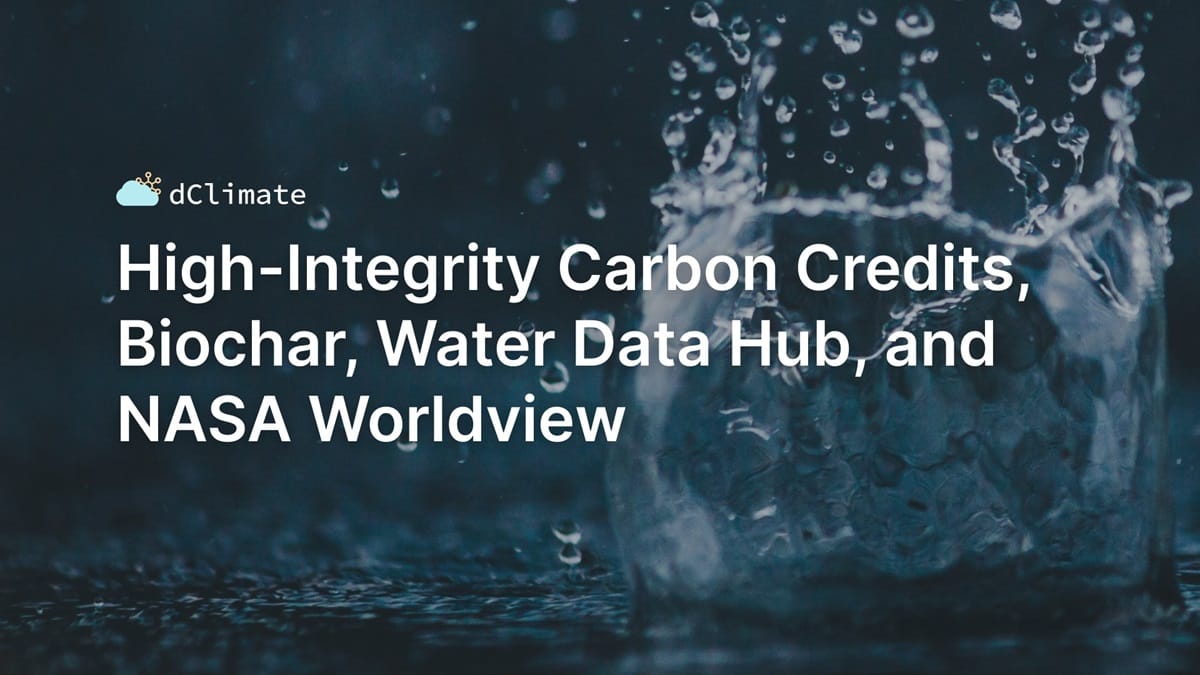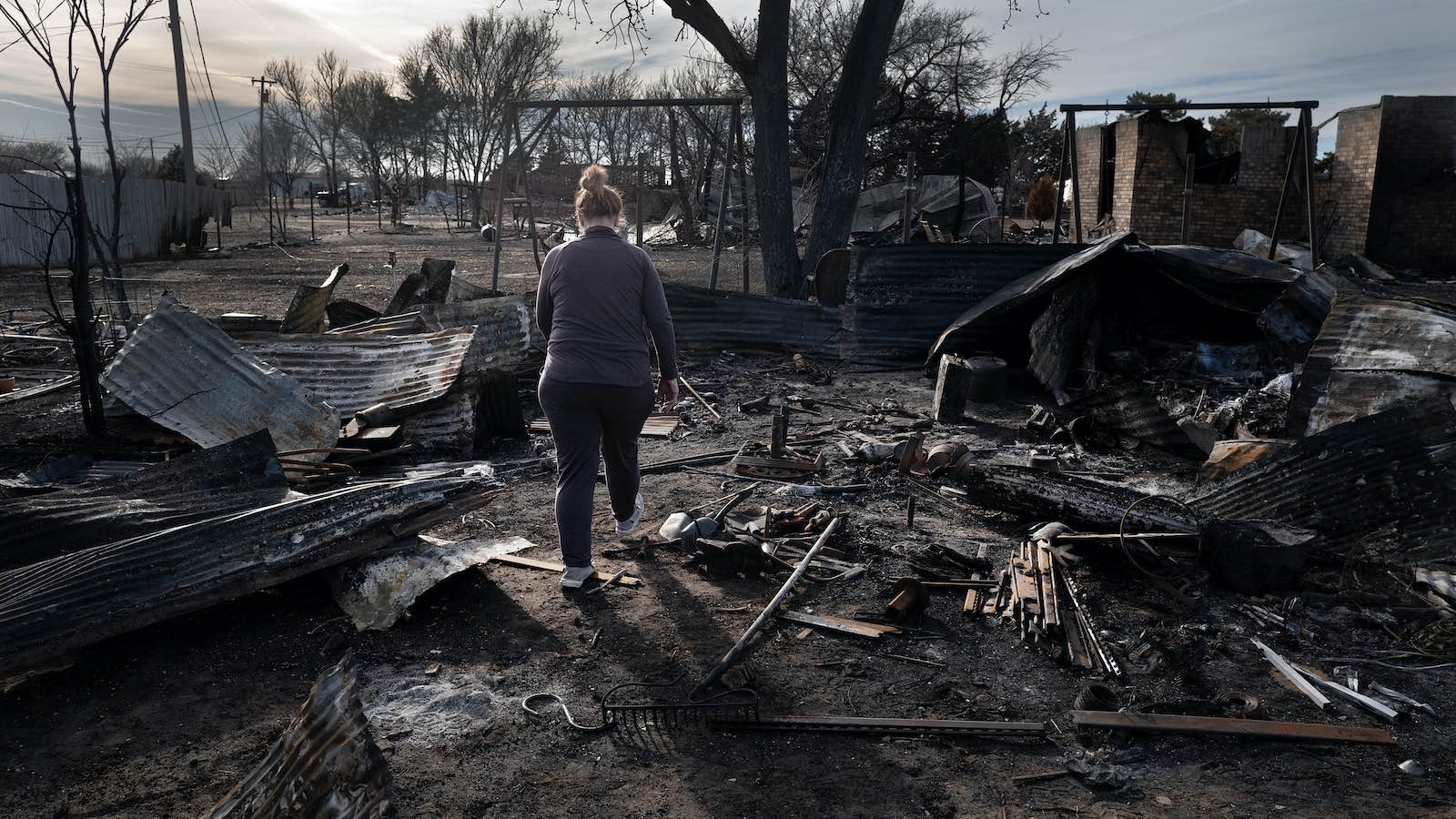Data ReFined #29: High-Integrity Carbon Credits, Biochar, Water Data Hub, and NASA Worldview

The Newsletter about Climate Data, Regenerative Finance, and Climate Risk ⛅
Hello and welcome to the latest edition of dClimate's biweekly newsletter.
In this issue, we're covering the latest in the voluntary carbon market with insights into corporate engagement, a significant biochar credit supply partnership, and innovative insurance for ERW carbon credits. We also feature cutting-edge climate data tools from NASA and NOAA.
Please find all the insights below! 👇
Industry News

The National Water Prediction Service
The National Weather Service has launched a new hub for water data, forecasts, and related services across the United States. This platform aims to improve decision-making for extreme water events by merging data from local to national levels and offering tools like real-time flood mapping and dynamic hydrographs.

NASA Worldview
A recent article from NASA highlights its Worldview data tool, offering users access to over 1,000 satellite imagery layers for near real-time Earth observations. Worldview facilitates the creation of visualizations, animations, and data comparisons to monitor natural phenomena and changes over time.

Demand for High-Integrity Carbon Credits
A survey of 180 executives showcases the voluntary carbon market's (VCM) role in enhancing corporate climate efforts. Over 70% of respondents acknowledged that the VCM enables actions beyond their company's capabilities. This indicates a significant opportunity for growth in corporate climate investments through the utilization of transparent and high-integrity carbon credits.

Biochar Carbon Removal Credits
Senken and Exomad Green are partnering to supply 81,600 tons of biochar credits from 2025 to 2028. The project, based in Bolivia, targets carbon dioxide removal and aims to deliver social and environmental benefits to the local community. The credits will be tracked transparently and adhere to the Puro Standard.

New Report on Atmospheric-based GHG Monitoring
Hyphen's recent study on atmospheric GHG monitoring, leveraging six decades of research and data, underlines the complexity and challenge of accurately tracking greenhouse gas emissions and removals across different landscapes and activities.
The report reveals significant discrepancies between activity-based estimates and atmospheric measurements, especially when emission sources and carbon sinks are "spatially-extensive, diverse and/or dynamic".
Our new research paper highlights how atmospheric-based GHG monitoring strengthens carbon markets. Precision emissions and removals data boosts market trust and enhances carbon credit values. Dive into it here: https://t.co/7xQJX8qBWB pic.twitter.com/PCYObVNWQL
— HYPHEN (@HYPHEN_AG) March 25, 2024

Insurance for Enhanced Rock Weathering (ERW) Carbon Credits
Kita's new insurance product aims to mitigate risks for buyers and investors in ERW carbon credits by covering under-delivery. The initiative addresses the gap in risk management mechanisms within the voluntary carbon market, aiming to foster confidence and facilitate significant financial flows into this emerging sector.
.png?format=1500w)
Wildfire Warnings
A new early warning system for firestorms in the U.S., drawing upon 75 years of severe weather forecasting, has shown promise in saving lives by significantly reducing the time needed to alert and evacuate residents. The system leverages NOAA's GOES-R satellites to detect fires and can warn forecasters and local officials in a matter of minutes.

Thank You for Reading Our Newsletter! 💙
If the topics covered in this issue were valuable to you, please share them with others to broaden awareness of these crucial subjects. We appreciate your interest and support.
Please join the conversation on social media, where we welcome your thoughts, recommendations, and feedback! 👇
Connect with us on Twitter | LinkedIn | Discord | Telegram | YouTube
Learn more about the decentralized and open climate data ecosystem we are building via the links below!
🌐 Visit our website
👉 Check out our products
💽 Explore 40+ TB of free climate data via our data marketplace and API






